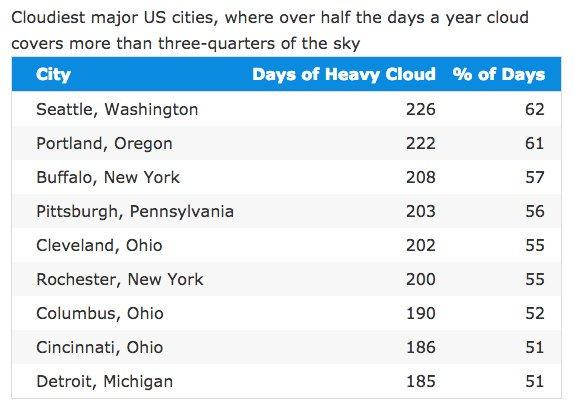Dave Clark
Member
- Joined
- Jun 2, 2017
- Messages
- 2,001
I know there are a few products made with topical vitamin d in mind. Primal-D, AnuMed, BioMulsiun, Life Flow, etc. are the ones I havve seen. Wondering if IdeaLabs or Health Natura vitamin D would be effective topically?Why not just apply the vit D3 supplement to the skin as opposed to ingesting it, assuming adequate light exposure isnt available (I’m pretty sure the skin synthesizes cholecalciferol)? Perhaps applying enough to maintain serum levels and then get sunlight or light exposure as much as you can when you can would be a decent idea. Blood tests may also be a good idea.

